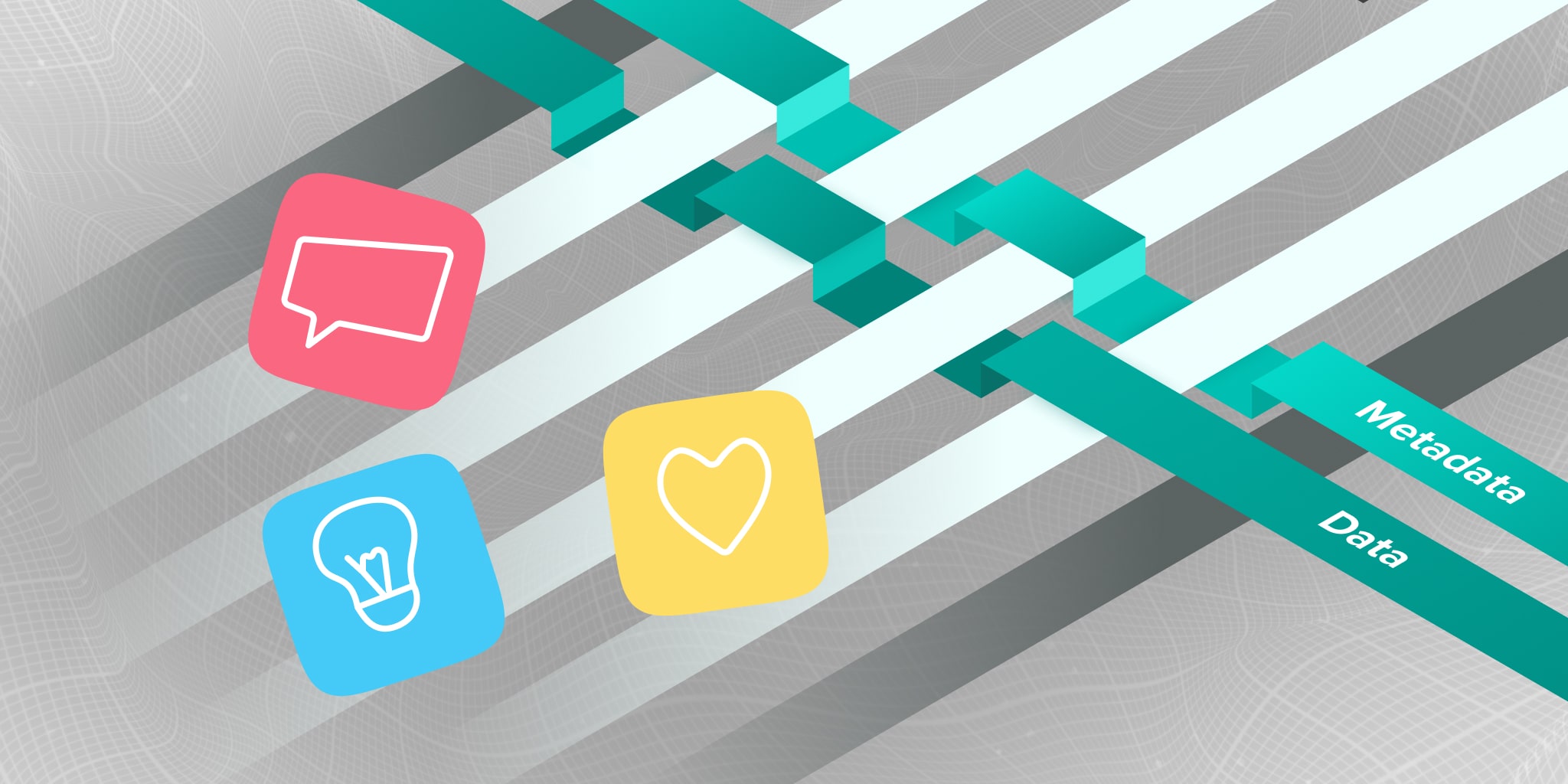October 24, 2019
How to Become Truly Data-Driven
Gartner projects that by 2020, 35 percent of enterprise organizations will implement data virtualization as an alternative to data integration.
Data virtualization delivers a single view of organizational data without having to physically integrate it, allowing enterprises to use their data, no matter where it’s actually stored, to produce fast, timely insights.
With intelligent data virtualization as part of an overall adaptive analytics data fabric (the virtualized data and associated tools to aid analytics speed, accuracy, and ease of use), the obstacles that limit access to data and impede performance are eliminated. Here are three ways an adaptive analytics fabric for big data can benefit your organization.
What is a Big Data Fabric?
A big data fabric is a platform that takes data from multiple sources, often in varying formats, and presents them as a single data set. As enterprise data volume increases at an exponential rate and becomes more diversified in both format and location, a data fabric becomes incredibly important as a way to “integrate” data across these silos – data warehouses, data lakes, unstructured data sources, transactional databases, cloud storage, and more. This holistic view of an enterprise’s data is critical for developing the insights companies need to make data-driven business decisions.
Data Fabric Provides Faster Query Times
Fast-growing companies can only make proactive business decisions with agile tools. The dilemma is that queries on databases with billions of records can take hours or days to return.
With autonomous data engineering, as queries are run against datasets in the adaptive analytics fabric, machine learning automatically is applied to determine what data within the larger set is needed, and used to create streamlined acceleration structures. Because extraneous data is bypassed altogether during the query process, data is delivered between 5x and up to as much as 100x faster, depending on the specific data.
Data Fabric Provides One shared view of data, agnostic of platform
According to Forbes, over 60% of enterprises use two or more BI tools across their teams and company. Without normalizing different data results from disparate tools, there could be a costly breakdown during data analysis.
Within the adaptive analytics data fabric is a common organizational business logic that is analytics/BI tool-agnostic. By applying a standard business logic and universal semantic layer on top of the data infrastructure, organizations can bring together disparate data systems. Users will be able to leverage the analytics tool of their preference, without needing to worry about the integrity of the data.
Because enterprises using an adaptive analytics fabric see their entire analytics software portfolio speaking the same language, they can easily gain a complete view of all data from a single portal, no matter where data is stored.
Data Fabric Optimizes Data Security
Every time BI teams work with data sets across multiple, siloed databases, each with their own security policies, they are opening up their organization to risk.
Security and data governance capabilities should leverage a company’s best security practices and add another layer of capabilities to ensure data security, not limited to end-to-end TLS to protect data in flight, LDAPS, Active Directors, IdP, and SAML for authentication, and JWT, CORS and REST for API access.
An adaptive analytics data fabric also mitigates risk by checking security requirements at the source databases and applying those requirements to query results. User identities are considered, even when accessing data through a shared connection pool, and security policies from all data sources are collected and merged to filter results appropriately. These same security policies are applied to data aggregates, eliminating unintentional exposure of restricted or private data.
The Big Data fabric imperative
Companies with shared data intelligence are 18x more likely to make better and faster data-driven decisions than their competition [Enterprise Strategy Group].
By applying an adaptive analytics data fabric in the enterprise, organizations can overcome the challenges of siloed data, long query cycles, and the enterprise risk associated with multiple security policies across multiple databases – regardless of how data is stored or where it is stored.
Lastly, and most importantly, the enterprise is able to bring both business and BI users together with consistent data from the analytics platform of their choice. These shared insights across the business are ultimately what fuel the lightbulb moments that drive a business well into the future.


NEW BOOK